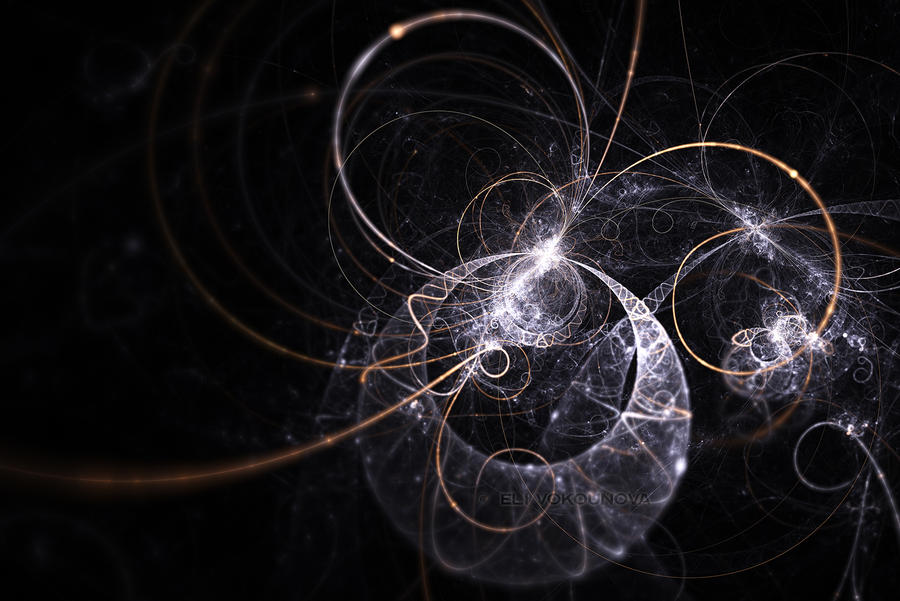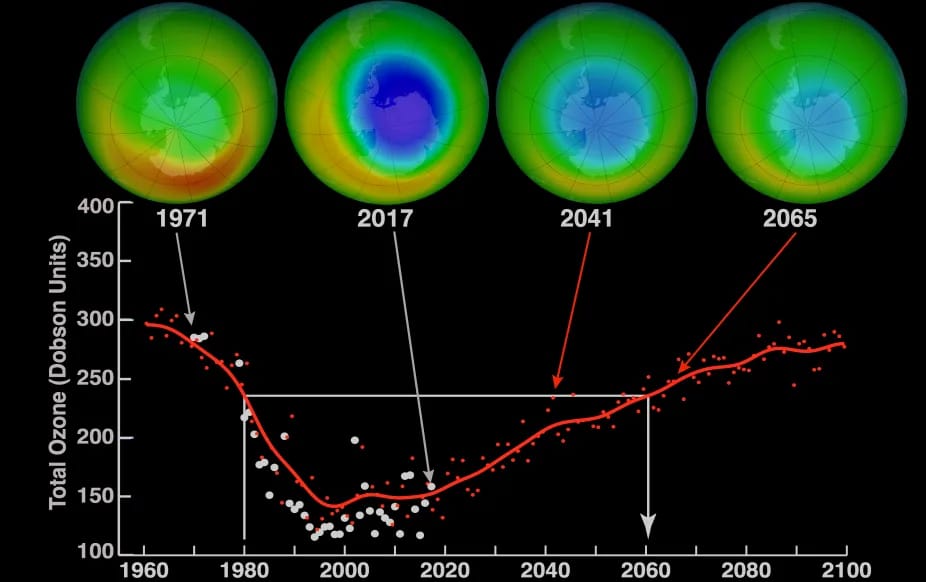Quantum Electrodynamics: The Secret Life of Light and Matter

Quantum Electrodynamics is a part of Quantum Field Theory that explains the interactions between electrons and photons. It is like combining the concepts of Quantum Mechanics with Special Relativity and Maxwell’s Electromagnetism. In classical physics, an electric charge, such as the electron, creates an electric field. A moving charge creates a magnetic field. As a result of oscillating electric and magnetic fields, a light wave is formed. This is why light is known as an electromagnetic wave. You could think of QED as the romantic drama between light and matter. But this still leaves us with the question: how do electrons and photons interact?
In Quantum Electrodynamics (QED), electromagnetic interactions take place by the exchange of photons, which are particles of light. Photons are virtual, meaning they cannot be detected or seen directly, but they do carry electromagnetic force (David J. Griffiths, "Introduction to Electrodynamics" (4th Edition), Chapter 9: The Photon). Back then, we thought light was just a wavy person minding its own business, turns out it is hiding its quantum secrets like a shady politician. The main particles that interact include electrons, positrons (anti-electrons), and photons. For example, when two electrons repel each other, it is because they are sharing virtual photons, which push the two electrons away from each other.
Furthermore, when we talk about Quantum Electrodynamics, all forces are caused by the exchange of photons. In the case of electromagnetism, the force carrier is the photon. The particles do not touch, but they feel each other through the exchange of virtual photons. Quantum electrodynamics can be visualized with the help of Feynman’s Diagrams. The Feynman diagrams include straight lines as electrons or positrons, wavy lines as photons, and a vertex, where the lines meet, shows an interaction where the photon is either absorbed or emitted. These diagrams do not show real motion in space, but they represent possible outcomes and help calculate the probabilities. Feynman’s diagram can be drawn as follows:
It looks like the doodles that one might make when pretending to take notes, except for the fact that these doodles explain the universe.
Quantum mechanics is all about probabilities. Specifically Quantum Electrodynamics tells us how likely it is for things like one electron to bounce off another. It uses complex numbers and amplitudes to compute the probabilities of certain events. The rules are really precise, which is why Quantum electrodynamics makes the most accurate predictions of probabilities in all of physics, which is up to 10 decimal places of accuracy (Griffiths, D. J., & Schroeter, D. F. (2018). Introduction to Quantum Mechanics (3rd ed.). Cambridge University Press).
In the world of Quantum electrodynamics, logic checks its coat at the door, because here photons can exist and not exist, particles influence each other across space and even the math works here when the behavior isn’t making sense. The first abnormal feature includes the fact that virtual particles are ghost-like messengers that exist during interactions for a brief moment and it helps particles to exchange forces without ever being directly seen. Next up, Quantum Electrodynamics naturally includes anti-matter like positrons, treating them as electrons moving back in time. Even a perfect vacuum, under quantum electrodynamics, is filled with activity as particles pop in and out of existence spontaneously like quantum one-hit wonders. For mathematical equations, it uses the process of renormalization to justify the infinite answers from the calculations, subtracting any nonsense to help us get the answer that is actually needed.
Quantum electrodynamics is a key part of the standard model of particle physics that explains to us how light interacts with matter. It is verified by thousands of experiments, including the Casimir effect (Milton, K. A. (2001), The Casimir Effect: Physical Manifestations of Zero-Point Energy, World Scientific Publishing). With its help, we humans could invent certain technologies, such as lasers, semiconductors and PET scans.
Similar Post You May Like
-

CFCs, HFCs and their long, troubled history
At its peak, the ozone hole covered an area 7 times larger than the size of Europe, around 29.9 million km2, and was rapidly expanding
-

The Origin of Universe: Deciding point where it all began!
Let us unravel and surf through the ideas throughout ages to understand what the universe and its origin itself was to its inhabitants across history.
-

The Artemis Program
Inspired by the Greek goddess of the Moon, twin sister to Apollo, the artimis program was named on 14 May 2019 by Jim Bridenstine.






